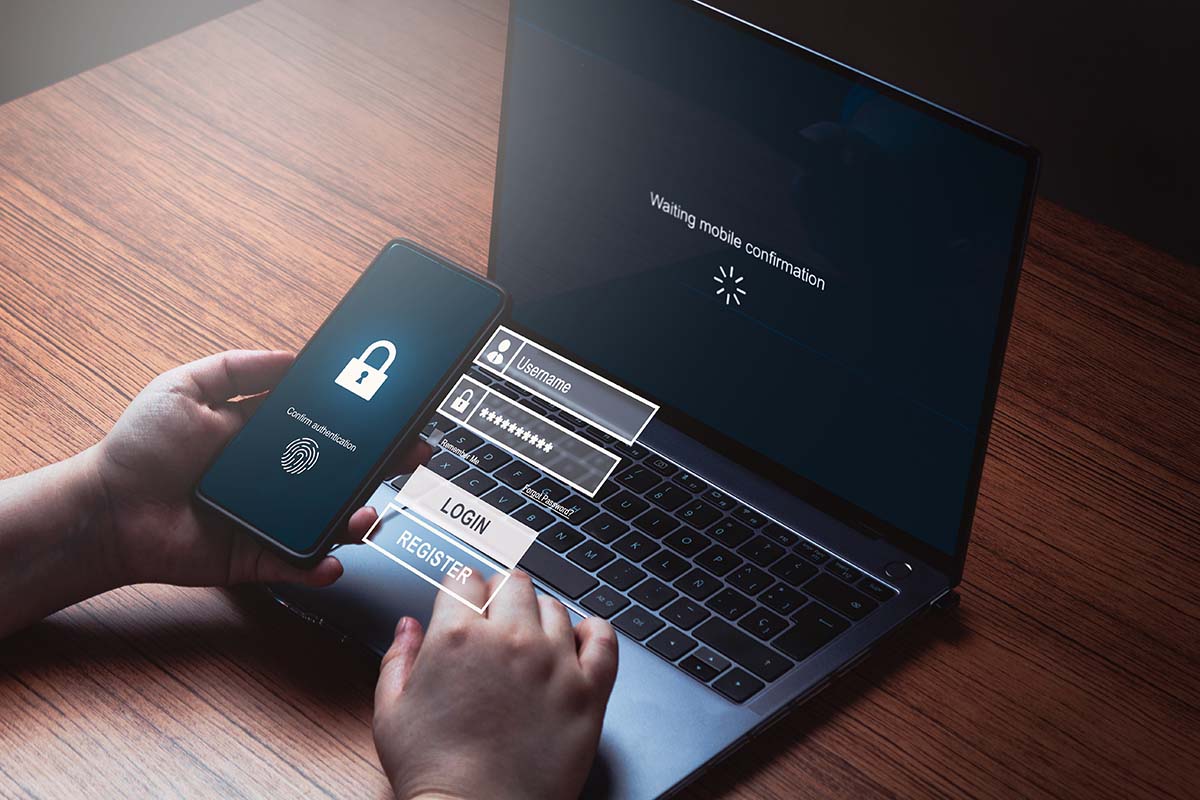Protecting one’s online identity is crucial in today’s digital age, making using two-factor authentication (2FA) essential for safeguarding personal information. In this case, a 2FA system verifies a person’s identity using two pieces of evidence before granting access to a protected resource. Student support centers are also aware of the status of 2FA and have begun to use it. While 2FA applications entail several shortcomings, such systems in student support centers enhance security, trust, and ease against cyber threats, phishing, and identity theft, with a broader weight in trades like finance.
Two-Factor Authentication Apps: Overview of a 2FA
The 2FA algorithm includes an additional layer of security to online accounts by demanding a second verification form and a password. For instance, it can be a code sent to a mobile phone or created by an application, a fingerprint scan, or even a physical security key. Usually, in earlier times, this access involved passwords and physical tokens, but the emergence of 2FA applications has gained traction. Therefore, while using the 2FA system, even if a password is revealed, hackers would still need access to the second verification form to sign in to the account, successfully limiting them.
The Popularity of 2FA in Writing Centers
The 2FA mode is becoming increasingly popular in tutoring and writing centers. The status is due to the need for secure access control measures to protect student data from cyber criminals. Online identity theft and fraud against students using traditional methods are rising, necessitating new methods. Thus, using ineffective methods, like username and password combinations or single sign-on (SSO), and the dire need for safe access measures have increased the demand for more secure verification methods, making the 2FA system widely chosen for such cases.
Security Without Compromising Convenience
Contrary to concerns about inconvenience, 2FA applications balance security and user experience. Once set up, these applications alleviate the challenges of relying solely on passwords, such as forgetting them and being hacked. Moreover, they are user-friendly, requiring a simple tap or scan to generate a security code. Hence, this efficient access process boosts overall user convenience.
Mitigating Phishing Attacks
2FA applications have proven to effectively combat phishing attacks involving malicious individuals posing as trusted entities to deceive users into disclosing their personal or login credentials. 2FA codes’ changing and device-specific nature renders stolen usernames and passwords meaningless without the associated authentication code. Once identified as futile, the hacker is denied access. By implementing 2FA, tutoring and writing centers can protect students from falling victim to phishing attempts and safeguard their accounts from unauthorized access.
Two-Factor Authentication Apps: Safeguarding Students and Institutions
Implementing 2FA applications benefits individual students, including tutoring and writing centers. Many organizations recognize the importance of securing students’ identities and personal information. Such organizations encourage the use of 2FA applications, which effectively helps to ensure that students’ inquiries, writings, and sensitive data remain protected, creating trust and hope within the academic group.
2FA Apps for Students
There are several examples of 2FA applications that are suitable for students. For instance, a widely used app is Google Authenticator, which generates a time-based one-time password (TOTP) sent to the user’s smartphone. In addition, there is the Authy 2FA Security App, which provides multi-factor authentication options for added security. These applications provide additional protection when logging into websites or applications. Hence, such applications are mainly built to help defend students’ personal and academic data against cyber threats, ensuring a safe learning setting. In turn, to get legit writing assistance, people may use Wr1ter.
Enhancing Financial Security
Using 2FA applications is broad and does not only entail usage in tutoring and writing centers. For example, some banks, like the Bank of America, require security questions and a password for login and offer 2FA for sensitive transactions. In this case, the bank uses safe applications to safeguard financial transactions and protect clients from unauthorized access and fraudulent activities. Besides, by integrating 2FA applications into their systems, traditional and digital banking platforms can provide an extra layer of security to better their services.
2FA Drawbacks
While 2FA applications offer enhanced security for online accounts, there are a couple of potential drawbacks to consider. Firstly, device compatibility can be an issue as not all smartphones may support using 2FA applications. Besides, relying on a 2FA application requires a stable Internet connection, but, in some cases, it may not be available. These limitations can pose challenges for individuals relying heavily on their mobile devices for online activities. Despite these hitches, the benefits of using 2FA applications in protecting online identity outweigh these concerns.
Two-Factor Authentication Apps: Conclusion
2FA applications are vital for protecting online identities. As the digital world expands, securing personal information is increasingly important. Implementing 2FA applications in student support centers is also a proactive way to combat cyber threats and identity theft, creating a safe education environment. This approach is versatile and user-friendly, applicable in various sectors, such as finance, where it strengthens individual protection and the security of personal data.



















